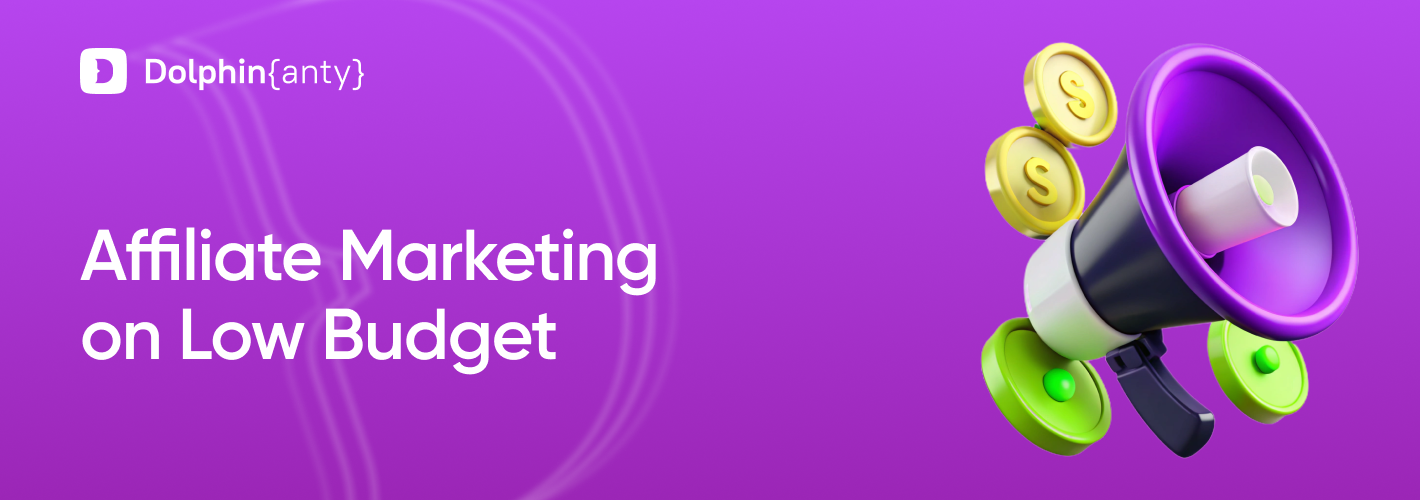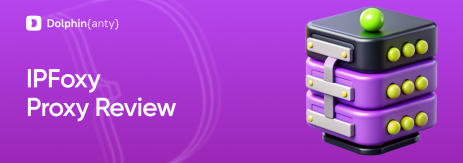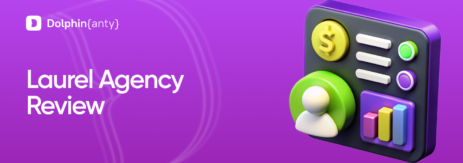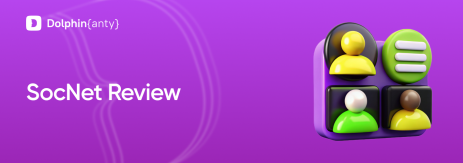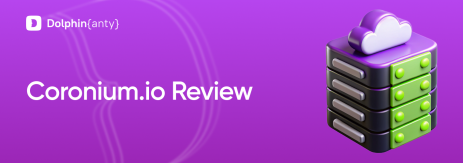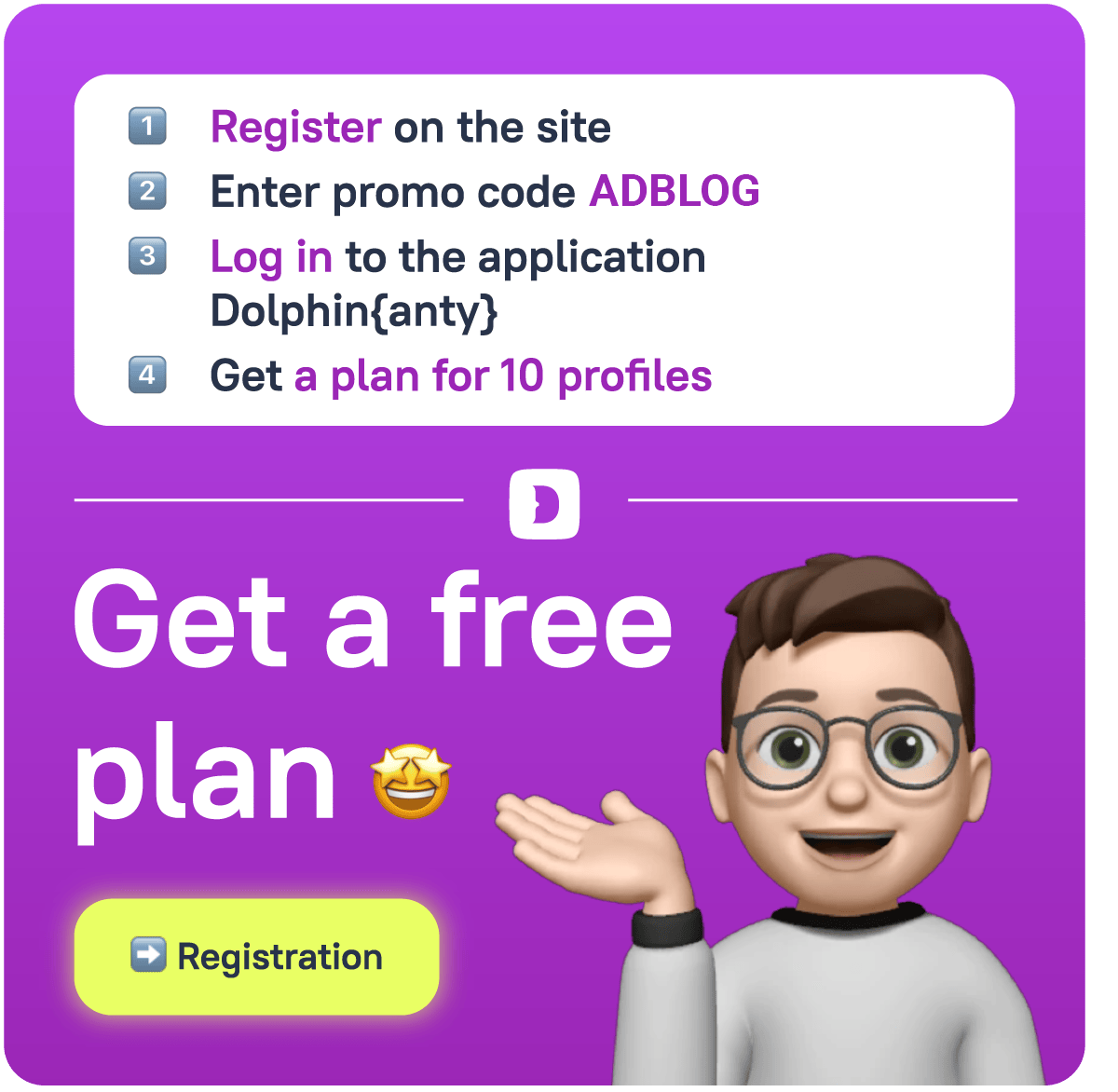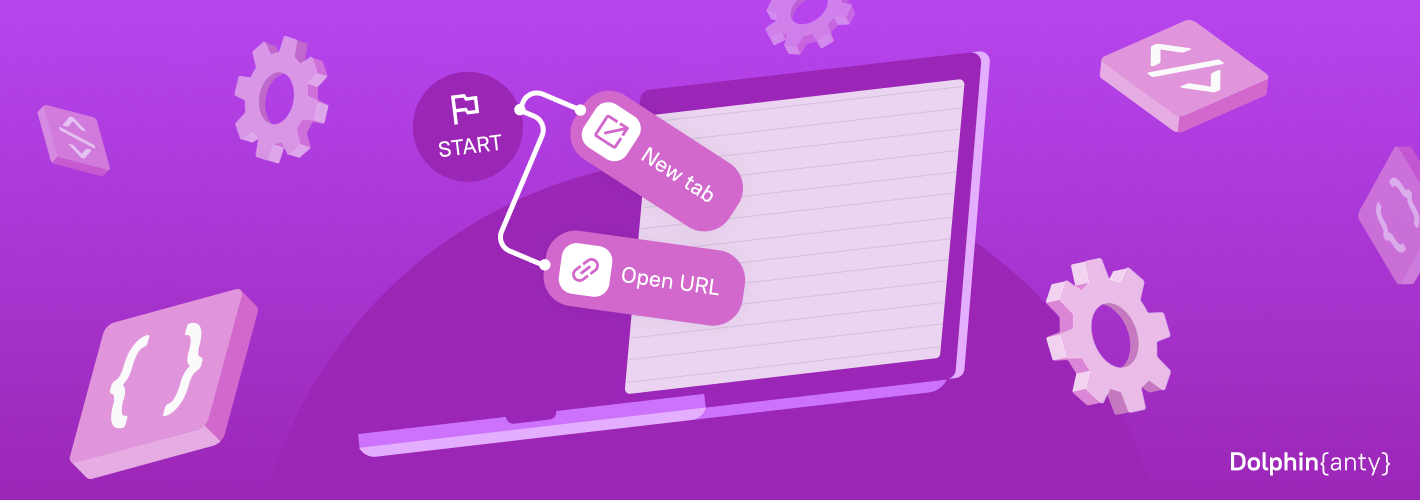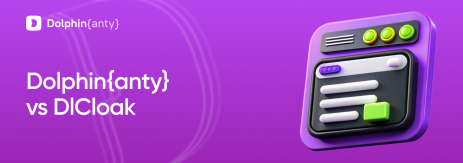Affiliate Marketing on a Shoestring Budget
Blog » Affiliate Marketing on a Shoestring Budget
Tools & Strategies That Actually Work
Affiliate marketing is broad and diverse. It includes many niches, sub-niches, traffic sources, payout models and monetization schemes. Therefore, you don’t necessarily need a huge budget to get into affiliate marketing — there are strategies that 🤏 can be implemented even with modest investments.
The Basis of Low-budget Affiliate Marketing
To run affiliate marketing campaigns on a limited budget, you need two core components:
- Cheap traffic;
- Low-cost offer testing.
Let’s take a closer look at both points.
Where to Get Cheap Traffic?
To acquire traffic at a low cost, you should immediately rule out the “problematic” sources — Facebook, Google Ads, In-App advertising, and other IT giants in contextual and targeted advertising.
📌 First of all, traffic in these sources is quite expensive. In most cases, the bids for impressions and clicks are set automatically. This means you cannot properly test an offer with $10–20 — that budget won’t provide enough traffic volume for meaningful testing.
📌 Second, contextual and targeted advertising platforms effectively prohibit many affiliate offers. Formally, not all offers fall under the ban, but in practice, the requirements make it impossible to promote affiliate products in strict compliance with the rules.
Because of restrictions and bans, working with such problematic sources requires cloaking, anti-detect browsers, proxies and card providers. This infrastructure adds extra expenses, making already costly offer tests even more expensive.
Therefore, for low-budget campaigns, it’s essential to shift your focus toward alternative traffic sources and testing methods. Here are some that actually work for small budgets:
Push-, Pop-, and In-Page Push Ads. These are ads delivered via push notifications, as well as in the form of pop-up windows.
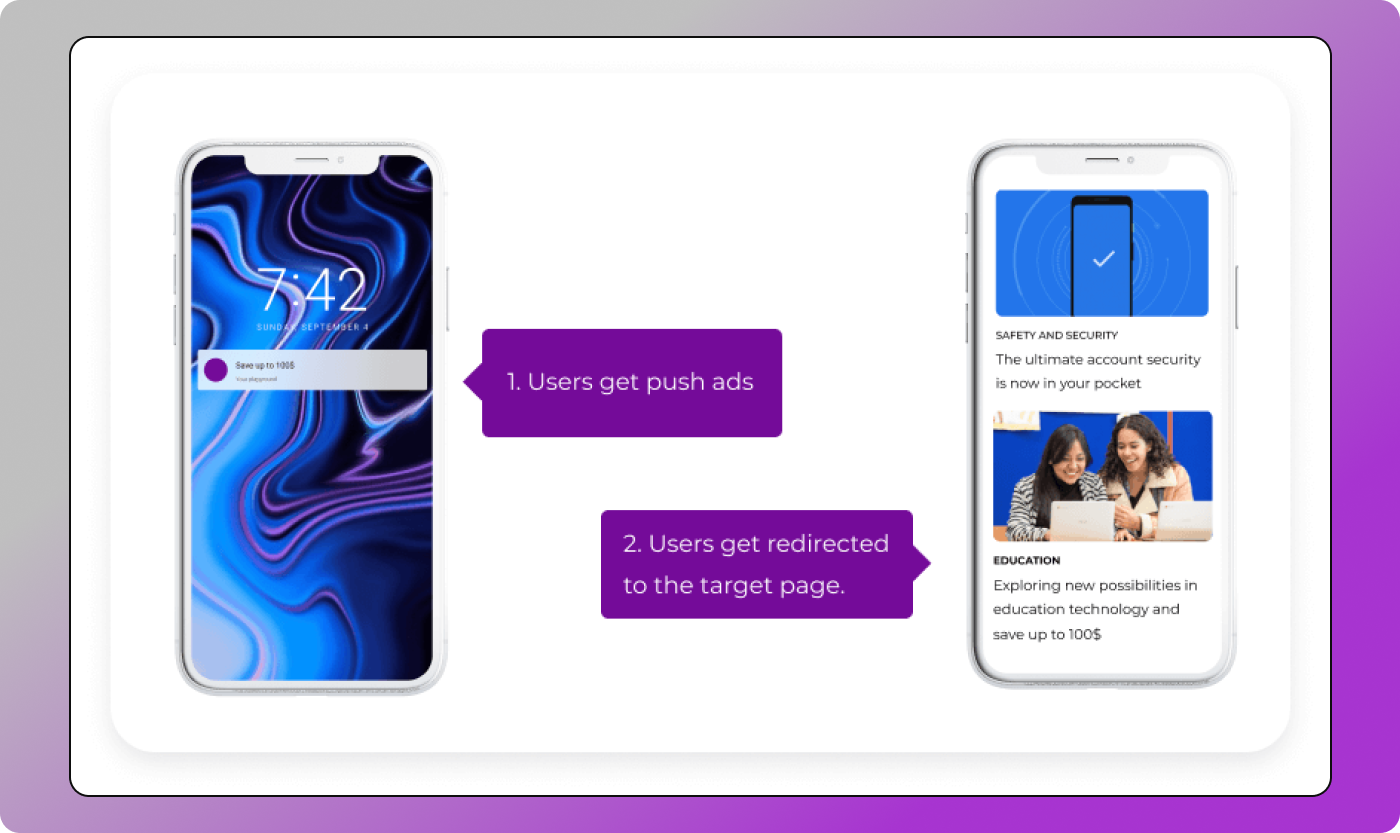
Examples of push ads.
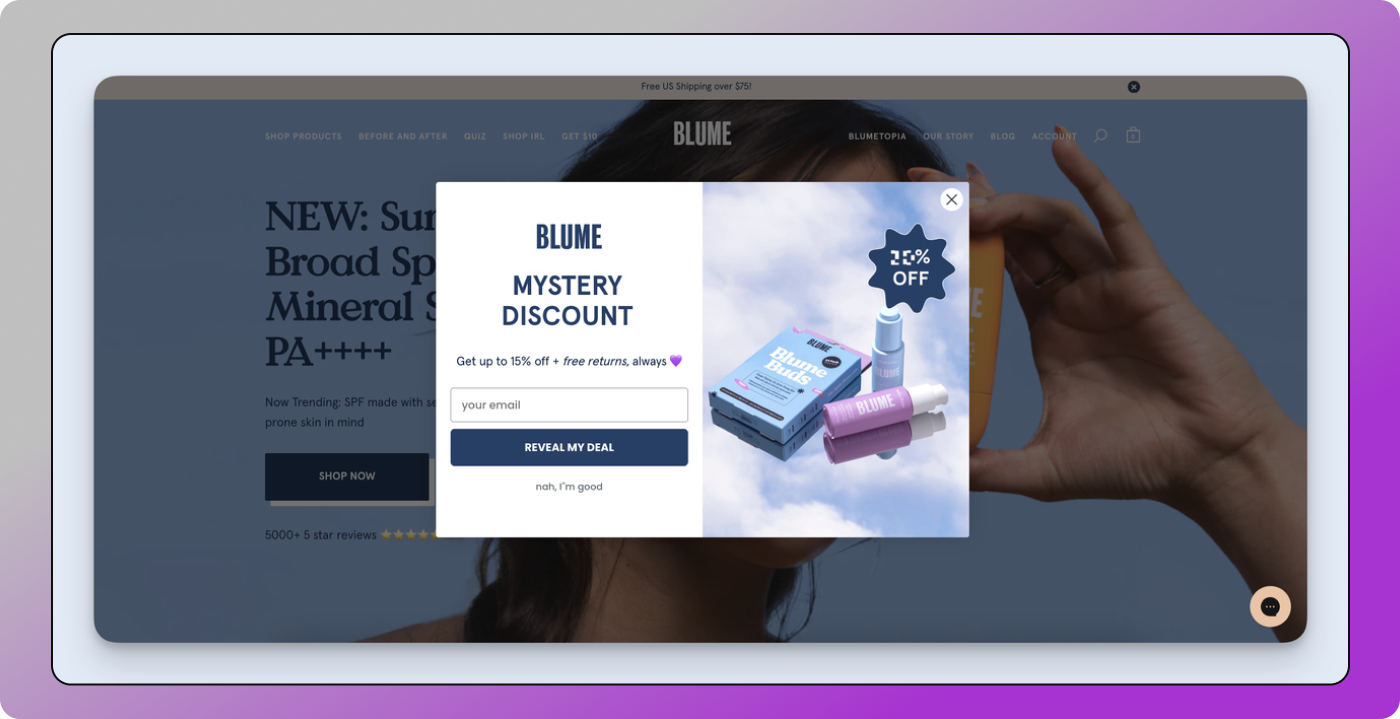
Example of a pop-up ad.
It cannot be said that these are always cheap traffic sources as sometimes push and pop ads can become costly, especially when targeting Tier-1 countries, premium segments and large volumes. However, with proper network settings, push and pop ads allow you to test offers at relatively low cost. Moreover, click prices can start as low as $0.001 and CPM from just $0.01 (for Tier-3 GEOs).
Key advantage! Push and pop networks provide massive traffic volumes. For large GEOs (USA, Brazil, India), it is possible to generate hundreds of thousands or even millions of clicks per day.
Native Advertising (Content Widgets). These are ad blocks that blend in with the content of the platform, such as:
- Articles presented as “recommended materials” under news stories;
- “Related stories” in blogs;
- Widgets with “you may also like” links on websites.
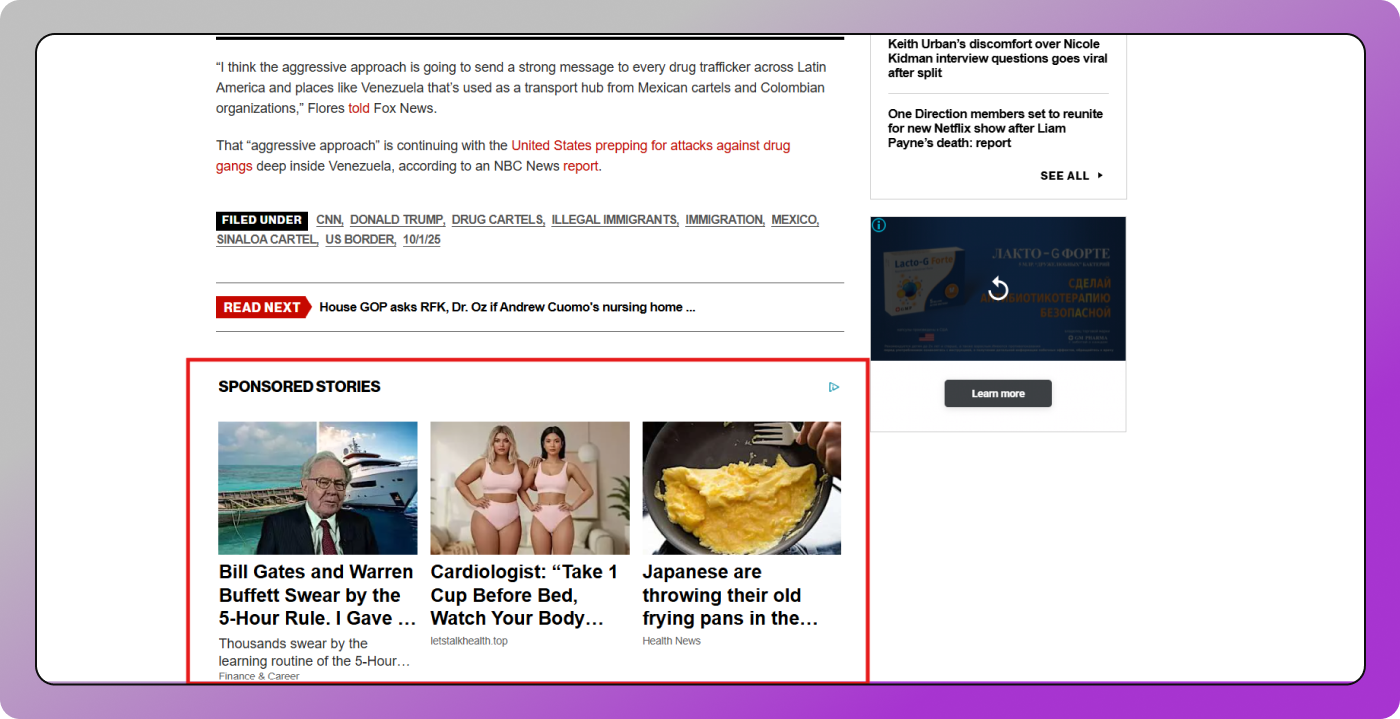
Example: native ad blocks in the New York Post.
You can buy native ads through platforms like Taboola, MGID, Runative, RevContent and others. CPC bids can start as low as $0.01, which makes it possible to test offers very cheaply. Like push networks, native advertising works especially well for nutra, finance, and gambling verticals.
CFT (Conditionally Free Traffic). This refers to traffic you can generate from platforms like YouTube Shorts, TikTok, Instagram Reels, Reddit, Quora and others. The general scheme looks like this:
- You publish content on your account, which gets organic reach;
- People view or read your content. Some even click through to your profile. Another option to get profile visits is through commenting and posting in social media groups;
- In your profile, you place a link to your offer’s landing page. Sometimes it’s also possible to put affiliate links directly into posts and comments (as long as this doesn’t violate the platform’s rules or community guidelines).
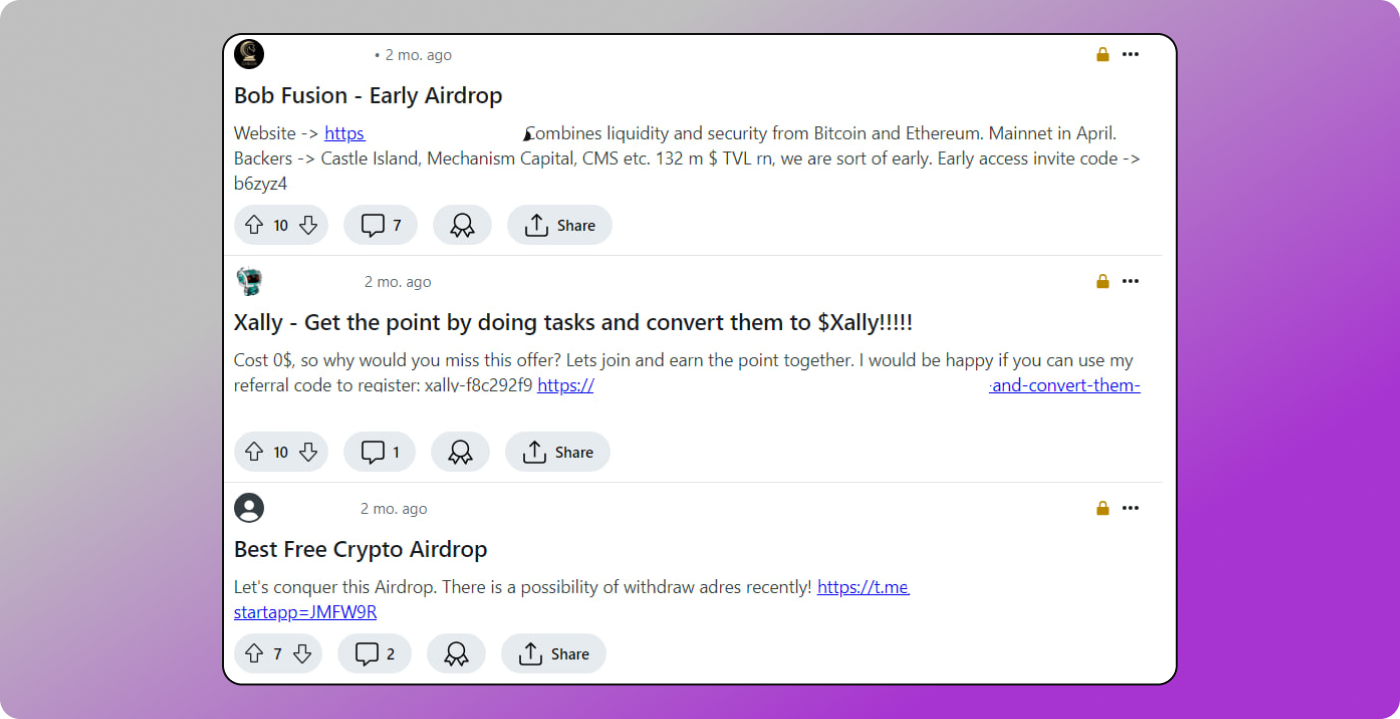
Example: affiliate links placed in Reddit posts.
Of course, to work effectively with conditionally free traffic, you’ll need purchased accounts, proxies, an anti-detect browser, and possibly cloaking. However, these expenses are still far lower than what you would spend testing offers on Facebook or Google Ads.
How to Find Offers for Low-cost Testing?
Finding offers suitable for cheap testing is actually quite simple if you apply basic calculations. On average, in order to discover a profitable funnel, you need to test 5–10 offers. Testing an offer usually requires a budget 5–10 times larger than the payout per conversion.
For example: if your total testing budget is $100, then testing a single offer should not cost more than $20. Consequently, the payout per lead should not exceed $4. In other words, the payout per conversion should be no more than 1/25 of your total testing budget:
- If you have $200 to test with → look for offers paying up to $8;
- If you have $300 → look for offers paying up to $12, and so on.
Offers with such payout levels 🔎 can be found in many verticals: antiviruses, sweepstakes, utilities, nutra, and even gambling, betting, and finance. For nutra, iGaming, and finance verticals, it’s best to focus either on Tier-3 GEOs or on simple user actions (registrations, SMS code input, submitting contacts or forms, etc.).
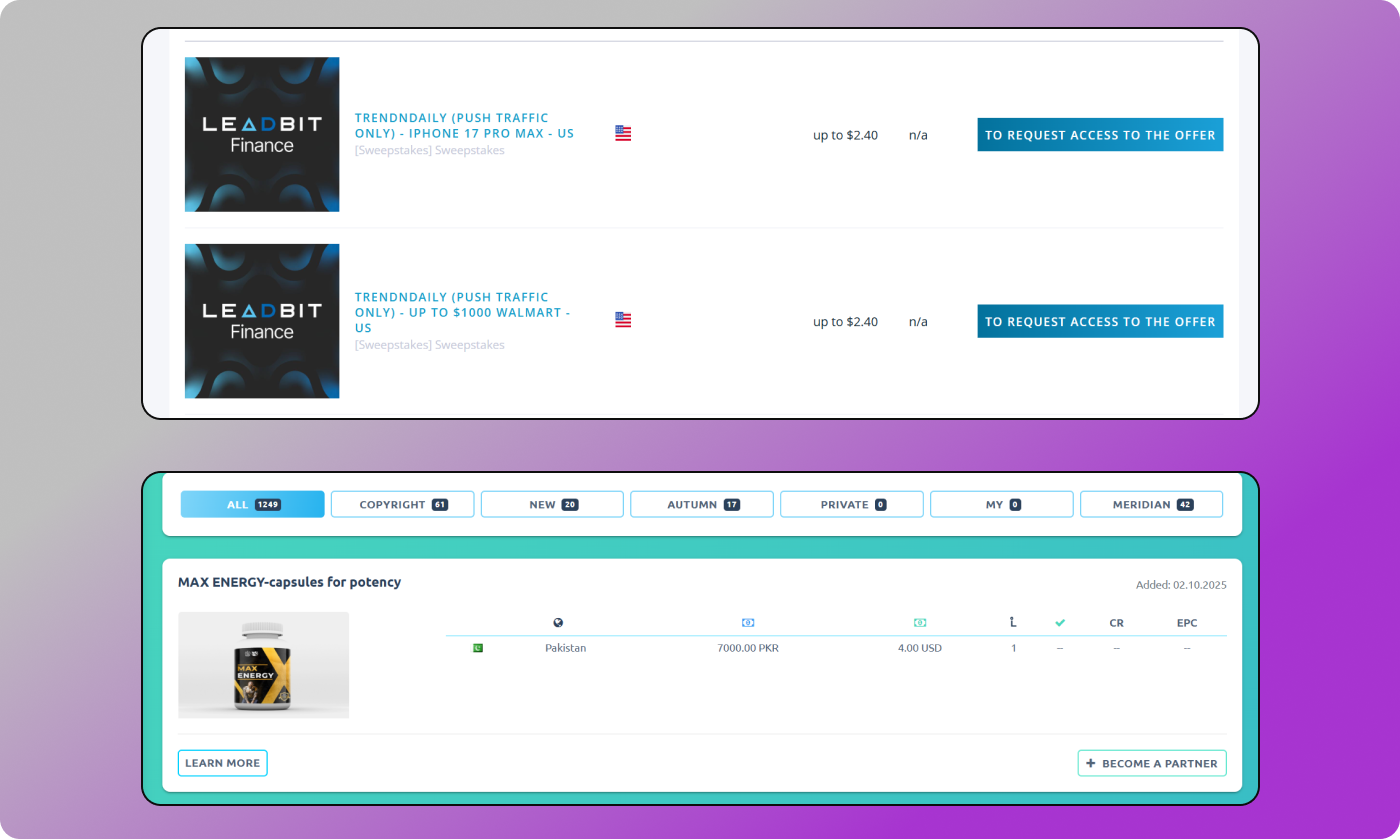
Sweepstakes offer with payout for a simple registration (~$25–40 test). Potency product in Pakistan with a $4 payout per submitted purchase request.
Where to look for low-budget test offers:
- Dating (Tier-1 and Tier-2) — USA, Europe, Australia, Japan, LatAm, developed CIS countries;
- Utilities & Ad Blockers — USA, Europe, Australia, Japan, LatAm, developed CIS countries;
- Sweepstakes (Tier-1 and Tier-2) — USA, Europe, Australia;
- Crypto Offers (Tier-2 and Tier-3) — LatAm, CIS, Africa, India;
- iGaming (Tier-2 and Tier-3) — LatAm, CIS, Africa, India;
- Nutra (including adult) (Tier-2 and Tier-3) — LatAm, CIS, Africa, India, Southeast Asia.
With the highest probability, offers for low-budget testing can be found precisely in these directions.
Best affiliate offer categories for CFT (Conditionally Free Traffic):
- Dating;
- Casino;
- Crypto.
These verticals are the easiest for creating attention-grabbing content that drives traffic. When choosing offers for CFT, it’s better to target Tier-1 GEOs — higher payouts allow you to maximize revenue for the time invested.
How to Run Tests?
When it comes to testing offers, you should ☝️ avoid extremes:
- Sending only 1–2 payout amounts’ worth of traffic and concluding that the offer is unprofitable;
- Pouring in 15–25 payout amounts, hoping that just a little more optimization will suddenly bring a high ROI.
Economical offer testing looks like this:
- Send traffic equal to 3–6 times the payout per lead. If there are no conversions at all — or only one that gets rejected — it’s better to move on to a new offer and the next test;
- If traffic at 3–6 payouts produces at least 3–4 conversions (meaning you’ve recovered half or slightly more of what you spent), you can increase spend, extending the test budget up to 10x the payout per lead. If earnings are lower than this benchmark, switch to another offer;
- Next, you optimize your ad campaign. Allocate no more than 10 payout sizes per lead for this optimization stage. If you still can’t push the campaign into consistent profit, it’s wiser to abandon the offer and test another. If optimization succeeds and you reach profitability, the next step is to scale up and keep collecting profit.
Important! When choosing an offer, always check the hold period. While commissions are in hold, you’ll need to spend your own money to keep ads running. The faster your rewards are released, the sooner you can reinvest them back into circulation.
Showcase case studies
Let’s look at a couple of examples of how affiliates earn under limited budgets.
Running Conditionally Free Traffic from Instagram Reels into a Partner Smartlink
In this case, the author used a 🔗 smartlink — a technology that analyzes user parameters and redirects them to the most relevant landing page. Smartlinks are essential when working with UBT (conditionally free traffic), since the traffic comes from multiple countries and devices, and the system must adapt the landing accordingly.
- Expenses: $0 (the author does not specify proxy and anti-detect browser costs);
- Affiliate network: MyLead (dating smartlink);
- GEOs: primarily CIS, but occasionally traffic came from ES/FR/DE/UK;
- Revenue: $49.74.
The campaign used 4 Instagram accounts (with plans for backup accounts later), filled exclusively with Reels (almost no photos). Each account published 2 videos per day. The link in the profile bio was added only after the account had 300–400 followers, in order not to trigger Instagram’s filters. The link didn’t go directly to the affiliate network but to an intermediate Telegram channel, where the smartlink was posted.
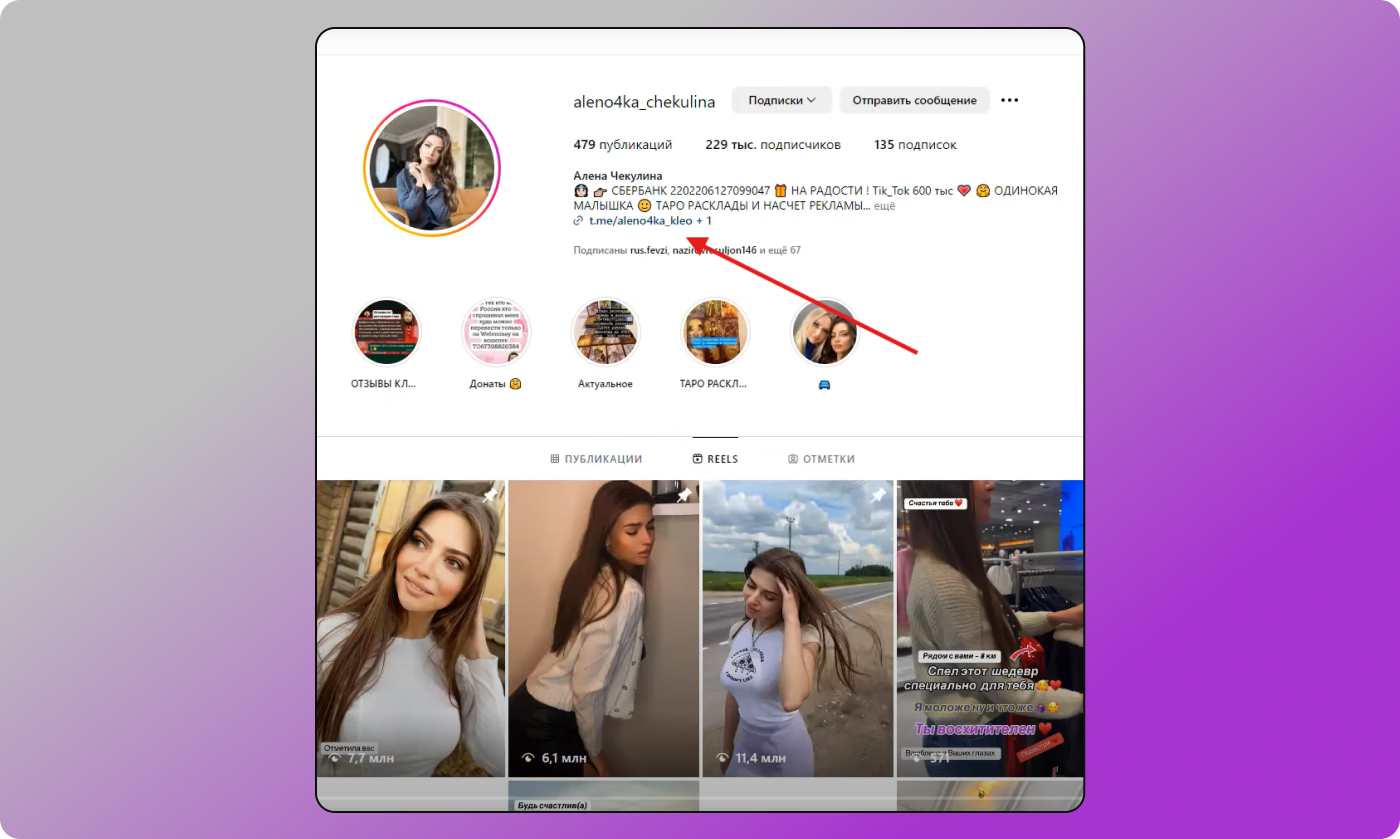
Example of an Instagram account.
As a result, some Reels performed well, driving traffic to the profile. Part of this traffic converted into Telegram channel subscribers, and from there — to the smartlink. Within two weeks, the author earned nearly $50, while the accounts kept growing and continued attracting more traffic.
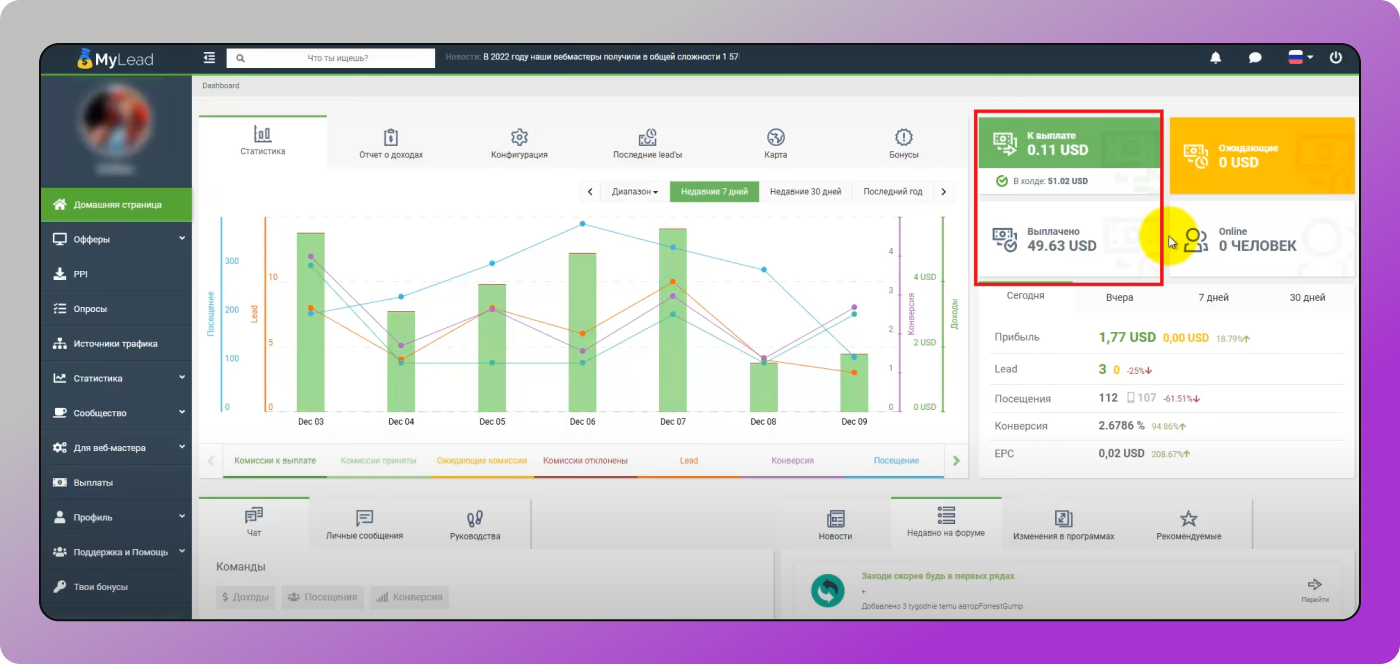
This $50 result was only a test, which can be scaled up easily by using more accounts (preferably warmed-up trusted ones) and mass-generating content with AI tools.
$1,400 from Dating Offers in Zeydoo
In this case, the webmaster drove traffic from push ads in the Clickadu network. For testing, he chose an Android dating app 👩❤️👨 Dating Sweet Meet. The affiliate commission was paid per install, with payout rates depending on GEO. The author tested multiple GEOs, and in some of them he achieved profitability.
- Affiliate network: Zeydoo
- Traffic source: ClickAdu (Push + partially In-Page Push)
- Offer: Dating Sweet Meet
- Ad spend: $1,060
- Revenue: $1,400
- Profit: $340
- ROI: +32%
The initial tests cost a couple hundred dollars, but they showed that profitability was achievable. It didn’t go into the green immediately, but after some optimization, the offer started generating consistent profit.
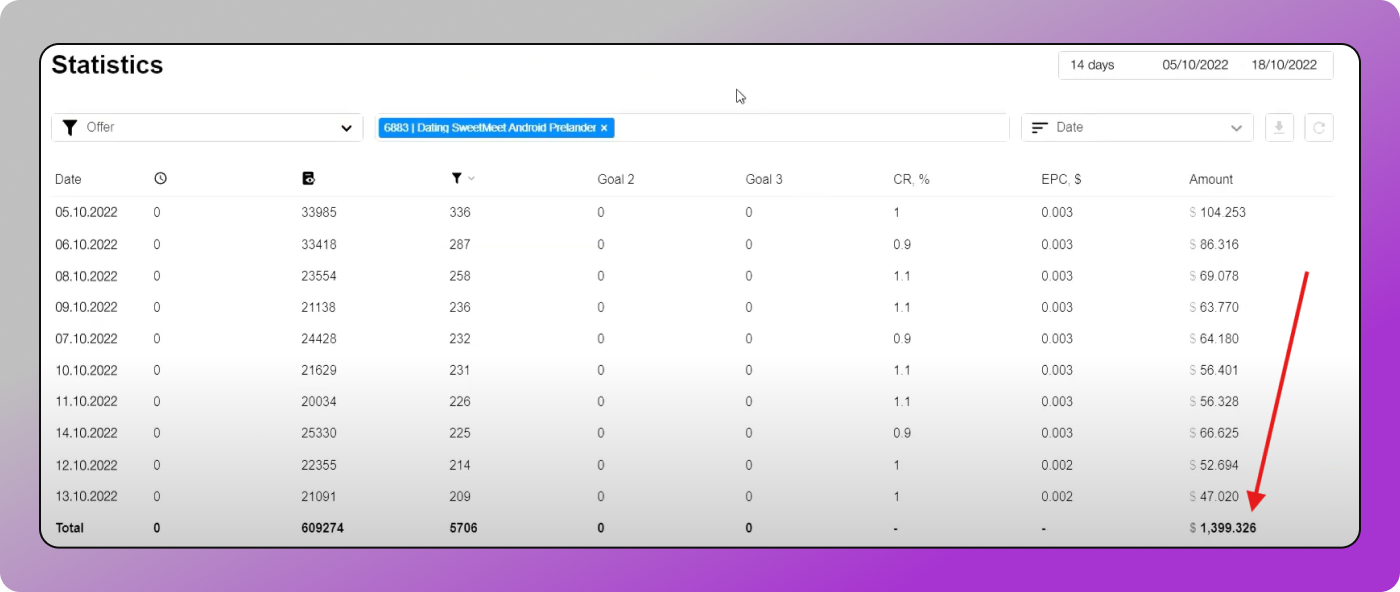
For optimization, tracking was used that sends conversions from the affiliate network back to the ad network and shows which targeting settings are profitable and which ones are unprofitable.
Conclusion
As we can see, traffic arbitrage on a limited budget is possible. In theory, you could start with as little as $100, but it’s better to divide your funds into a testing budget ($100–300) and a scaling budget — at least $1,000, so you can expand once you find a profitable funnel.
The optimal strategy for starting on a minimal budget is this: invest $100–200 to test offers and look for a working funnel. If it starts generating profit, simply scale it up. For scaling, you’ll need a reserve of at least $1,000 — the more money you have saved, the greater turnover you’ll achieve once you move into profit.
